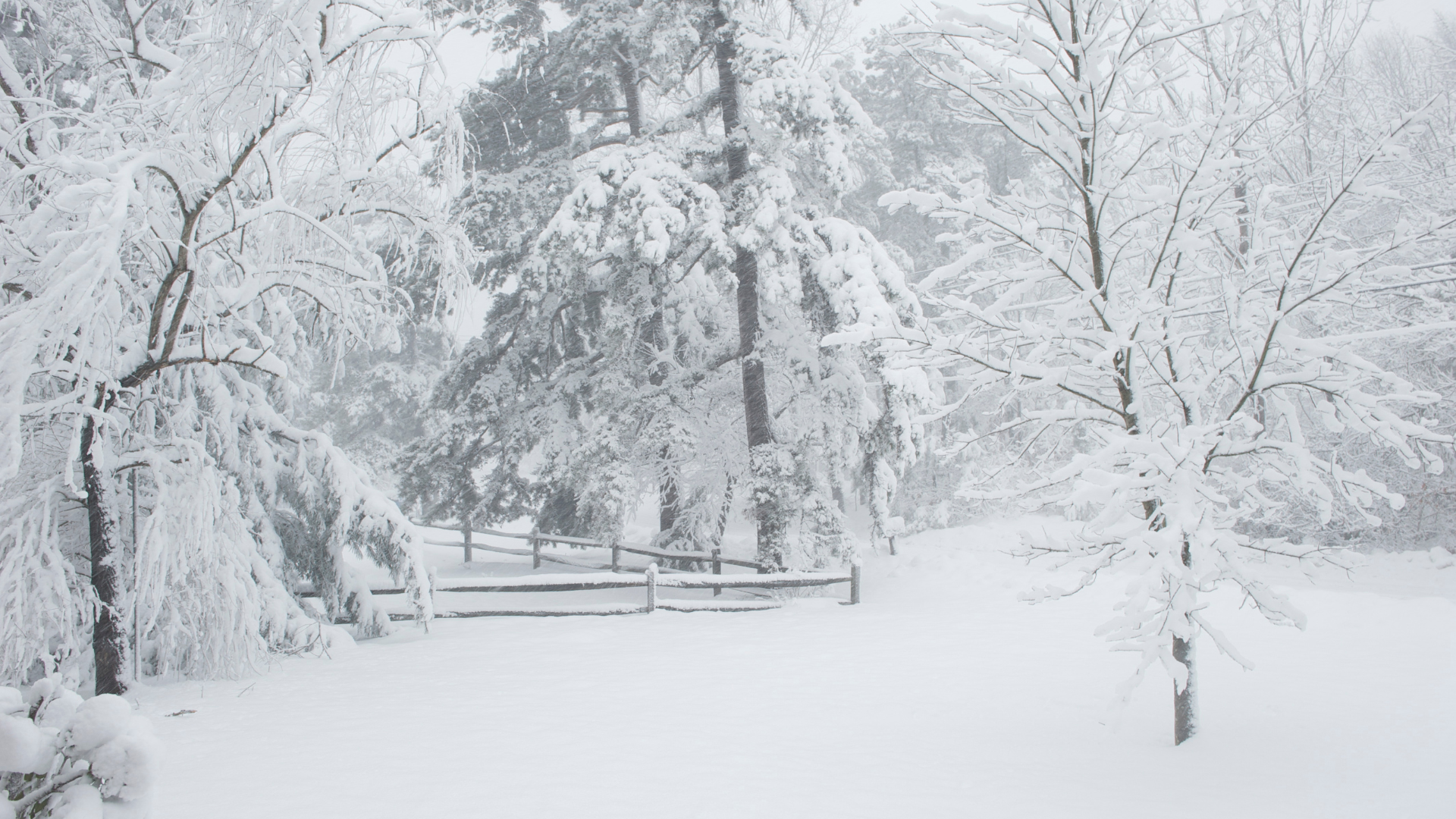Winter Storms are a combination of winter weather conditions such as snow, sleet, freezing rain, strong winds, and extremely cold temperatures. These storms can vary in intensity and duration, leading to a range of impacts including hazardous travel conditions, power outages, and damage to infrastructure.
Blizzards are severe snowstorms with strong winds, low temperatures, and blowing snow that reduces visibility to less than a quarter mile for an extended period of time (at least 3 hours). Blizzards can create dangerous travel conditions and may cause power outages.
Ice Storms are winter storms with freezing rain. This occurs when rain falls and then freezes upon contact with surfaces such as the ground, trees, roads, and power lines. The ice buildup can be hazardous, leading to slippery roads, falling tree branches, and power outages due to the weight of the ice on power lines.
Before the Storm

Creating and updating an emergency plan with the members of your household can help you be more prepared for winter storms. Your plan should include any special needs your family may have, including those for young children, older adults, those with access or functional needs, and pets. Don’t forget to plan to evacuate or shelter-in-place, should you be instructed by local officials. For more information on creating an emergency plan, use our Guide to Emergency Preparedness.
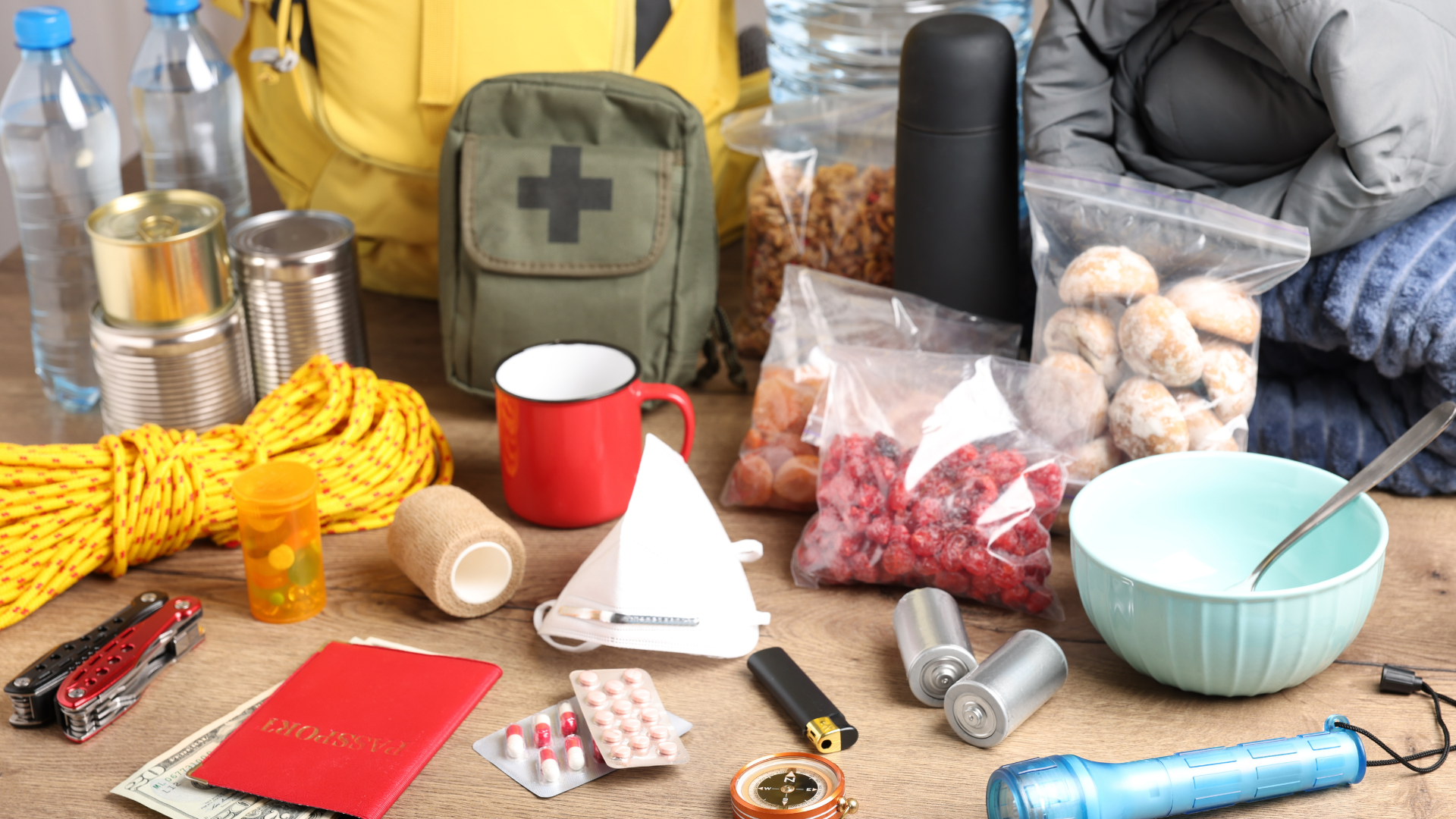
Listed below are some examples of useful items to keep in your emergency kit for the winter:
- Extra warm blankets, sleeping bags, and layers of clothes
- Waterproof clothing and footwear
- Handwarmers
- Rock salt or ice melt
- Kitty litter for better traction on icy surfaces
- Non-perishable food items that can be easily prepared without electricity or gas.
- Bottled water (at least one gallon per person per day).
- Battery-powered or hand-crank radio to stay updated on weather conditions.
- Flashlight with extra batteries
For more ideas on what to add to your emergency kit, check out our “Build a Kit” video.
You can also get involved by learning life-saving skills such as First Aid, CPR, or Stop the Bleed. Poor weather and road conditions can delay first responders, so it’s important to know what actions to take before they can arrive. To request training on these topics and more, visit aacounty.org/oem/presentations.
Prepare your home and personal belongings in advance to minimize the impacts of winter storms. Consider winterizing your home and vehicles if possible.
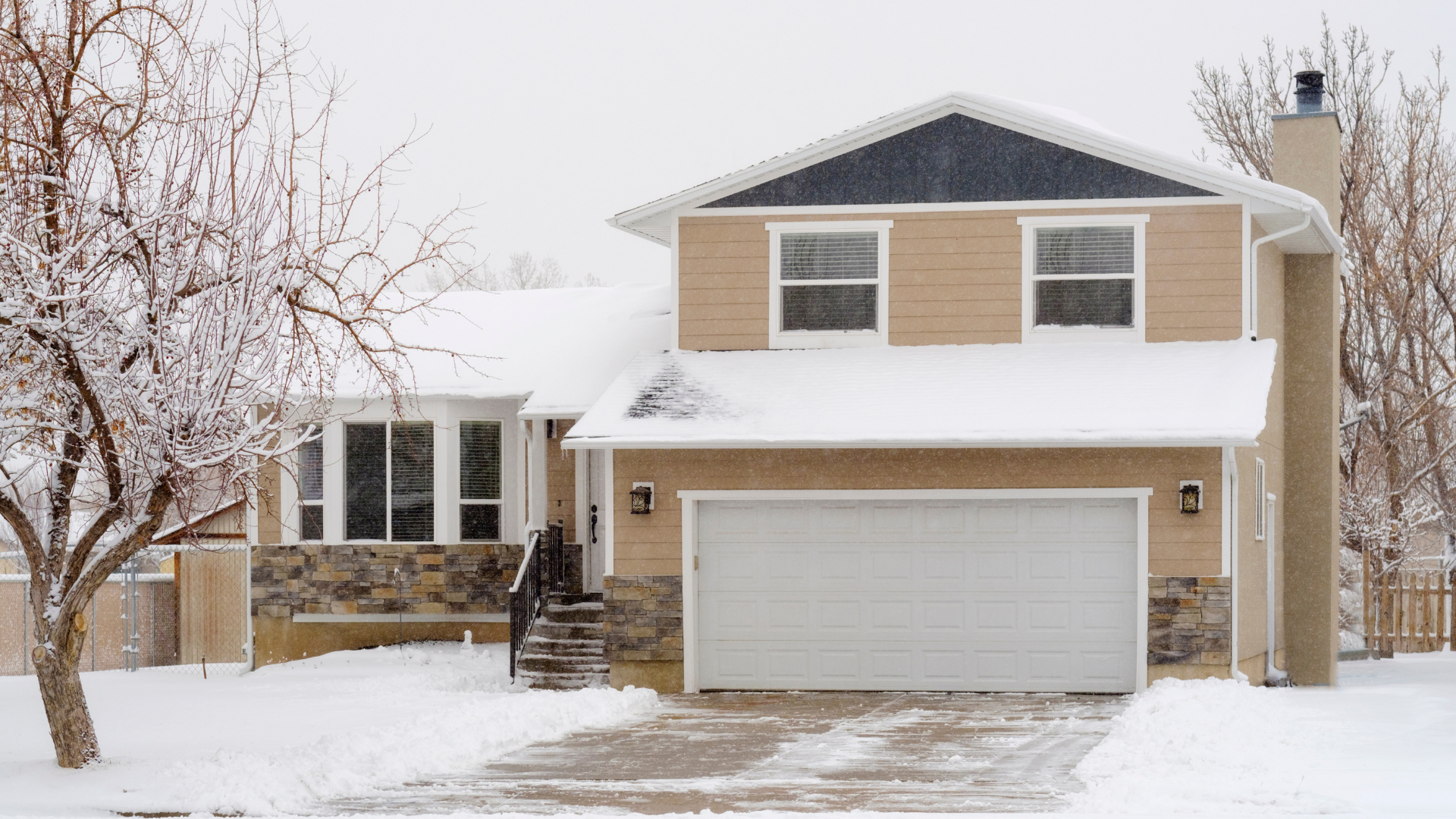
Here are some tips to winterize your home:
- Clean your gutters
- Inspect your roof or attic and replace or add insulation if needed to keep the cold air out
- Have your chimney cleared of any buildup to prevent fires
- Replace worn weather-stripping around windows and doors
- Apply caulk to seal gaps or cracks around windows or siding
- Protect your pipes from freezing by draining the water from outdoor sprinkler systems and garden hoses.
- Disconnect garden hoses from faucets, store them in a garage or shed and cover the faucets.
- Service your HVAC system
- Cover patio/outdoor furniture with waterproof covers or store inside if possible
- Make sure your snow removal tools are accessible
- Gas up your snow blower and make sure it works properly
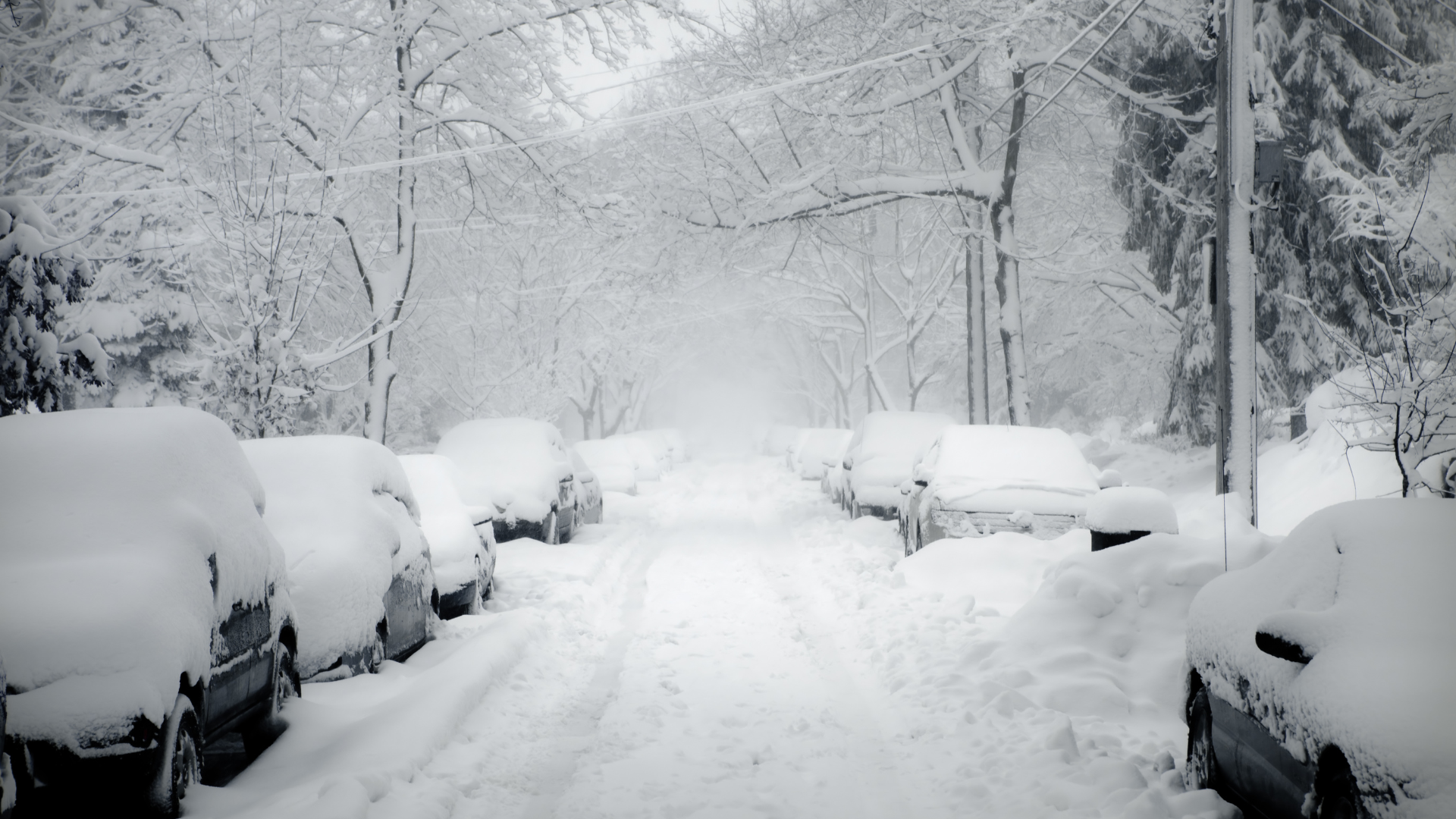
Here are some tips to winterize your vehicle:
- Check the tread on your tires and replace them if needed
- Check your tire pressure and adjust the air pressure if necessary
- Make sure you are up to date with your oil changes
- Check your wiper blades to make sure they aren’t worn down or need to be replaced
- Adjust fluid levels and add antifreeze as needed
- Get your battery tested if it is more than 3 years old and replace it if it is more than 5 years old
- Test your headlights, high beams, brake lights, hazards, and blinkers. Replace any bulbs that are damaged or don’t work
- Create an emergency kit for your vehicle including an ice scraper, shovel, jumper cables, and extra clothes. For more information on what to include in your emergency kit for your vehicle, check out our “Winter Weather Preparedness - Driving” video.
During the Storm
Stay home if you can and limit outdoor exposure. Dress in warm layers and stay in heated areas. Use blankets and extra clothing to stay warm if needed.
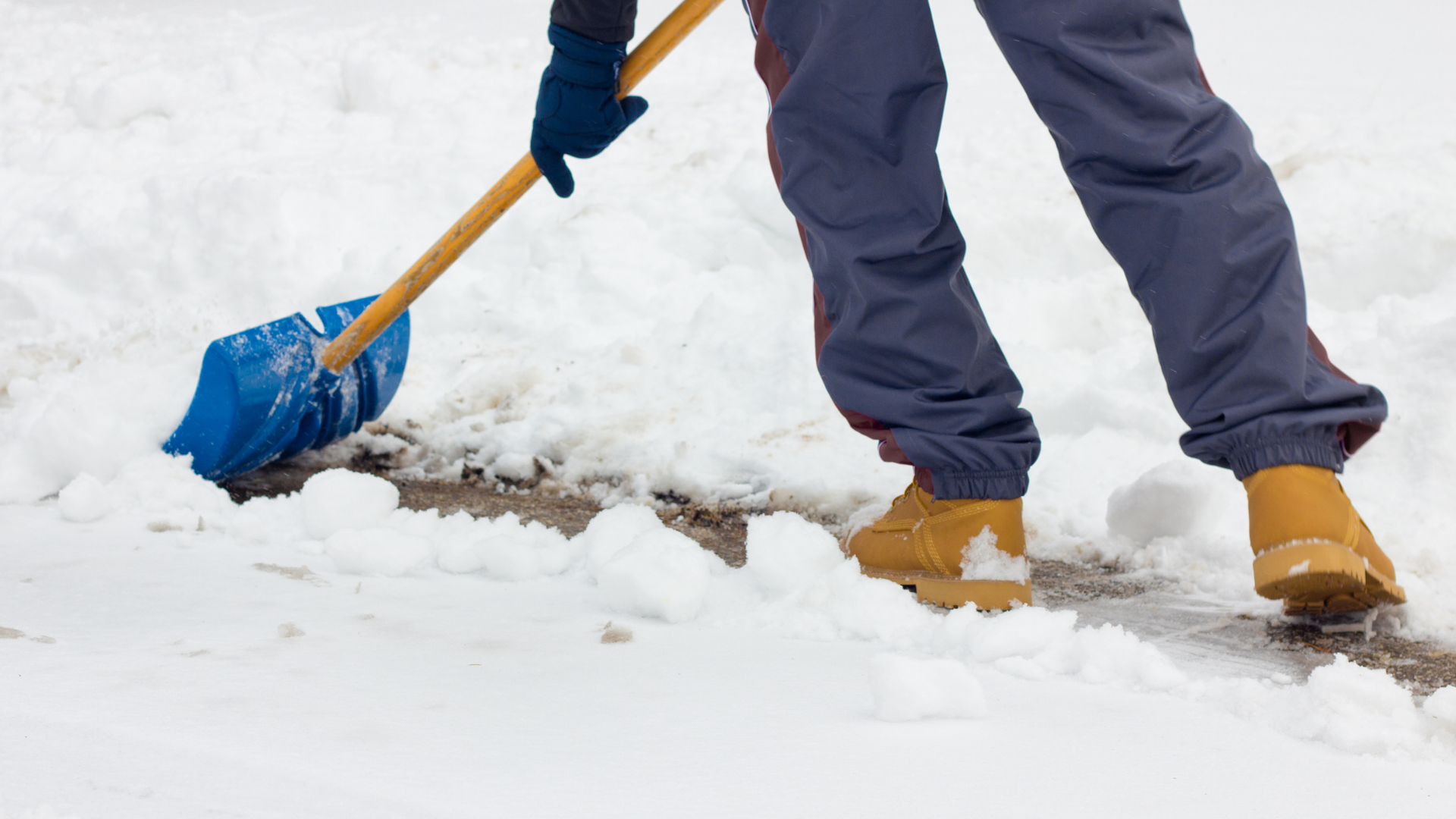
If shoveling snow, use these safety tips to prevent injuries:
- Try to clear snow early and often, especially if it's heavy or wet, to prevent buildup.
- Bend at the knees, not the waist, and use your legs to lift the snow. Avoid twisting your body while lifting
- Whenever possible, push the snow rather than lifting it to reduce strain on your back.
- Pace yourself and take breaks. If you experience chest pain, shortness of breath, or other signs of a heart attack, stop shoveling immediately and seek medical help.
- Wear layers of clothing to stay warm, including a hat and gloves. Avoid overheating by removing layers if you start to sweat.
- Drink plenty of water before and after shoveling to stay hydrated.
If you have to travel during a winter storm, here are some safety tips to keep in mind:
- Monitor the weather and road conditions including closures
- Stay alert, as heavy snowfall and ice can bring down trees and powerlines
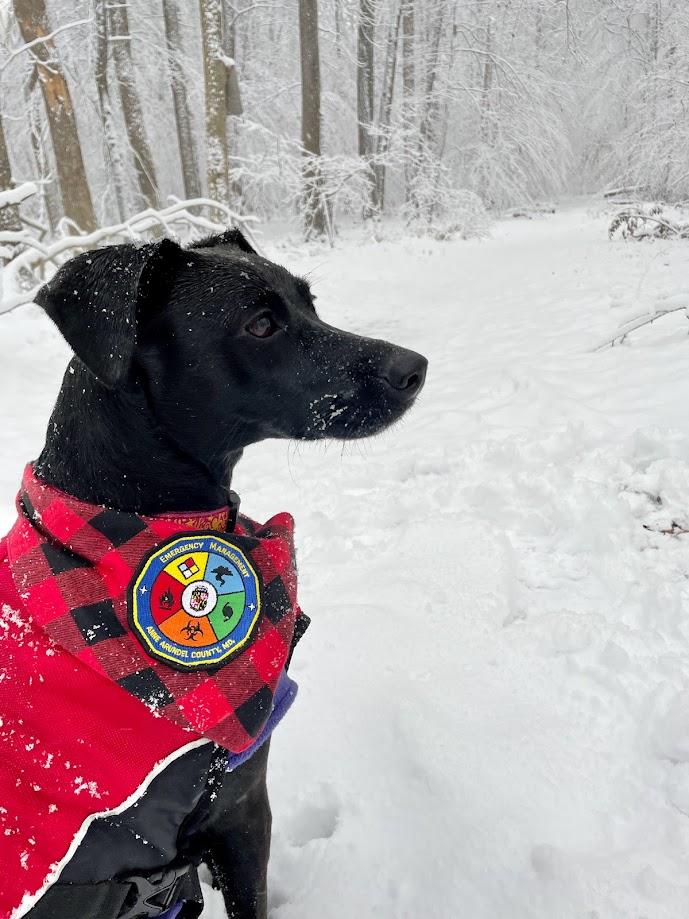
During a snowstorm, it's important to take special care of your pets to keep them safe and comfortable. Here are some tips:
- Bring your pets inside during a snowstorm to protect them from the cold and wet conditions.
- If your pets must stay outside, make sure they have a warm, dry shelter with plenty of bedding to insulate them from the cold.
- When letting your pets outside to relieve themselves, keep the trips short to prevent them from getting too cold.
- Consider putting a sweater or jacket on your pets to help keep them warm when they go outside.
- After being outside in the snow, check your pets' paws for signs of irritation or injury, and wipe them clean to remove any snow, ice, or chemicals.
- Watch for signs of hypothermia including shivering, lethargy, shallow breathing, and weak pulse. If you suspect hypothermia, seek veterinary care immediately.
- Keep your pets hydrated with fresh, unfrozen water, as snow is not a sufficient substitute.
- Have a pet emergency kit ready with food, water, medications, and other essentials in case of a power outage or other emergency during the snowstorm.
For more information visit our Pet Preparedness webpage.
After the Storm

Check on friends, family, and neighbors to make sure everyone is okay after the storm. It can take a while for roads to be cleared and power to be restored after a snowstorm. You can stay informed by visiting the County Snow Removal Page for plow status updates or to request snow removal and the BGE Outage Page to check the status of power restoration or to report an outage. Check around your home for hazards and take pictures of any damage to report to your insurance agency. Be cautious of any melting snow as it can freeze and if temperatures drop.

